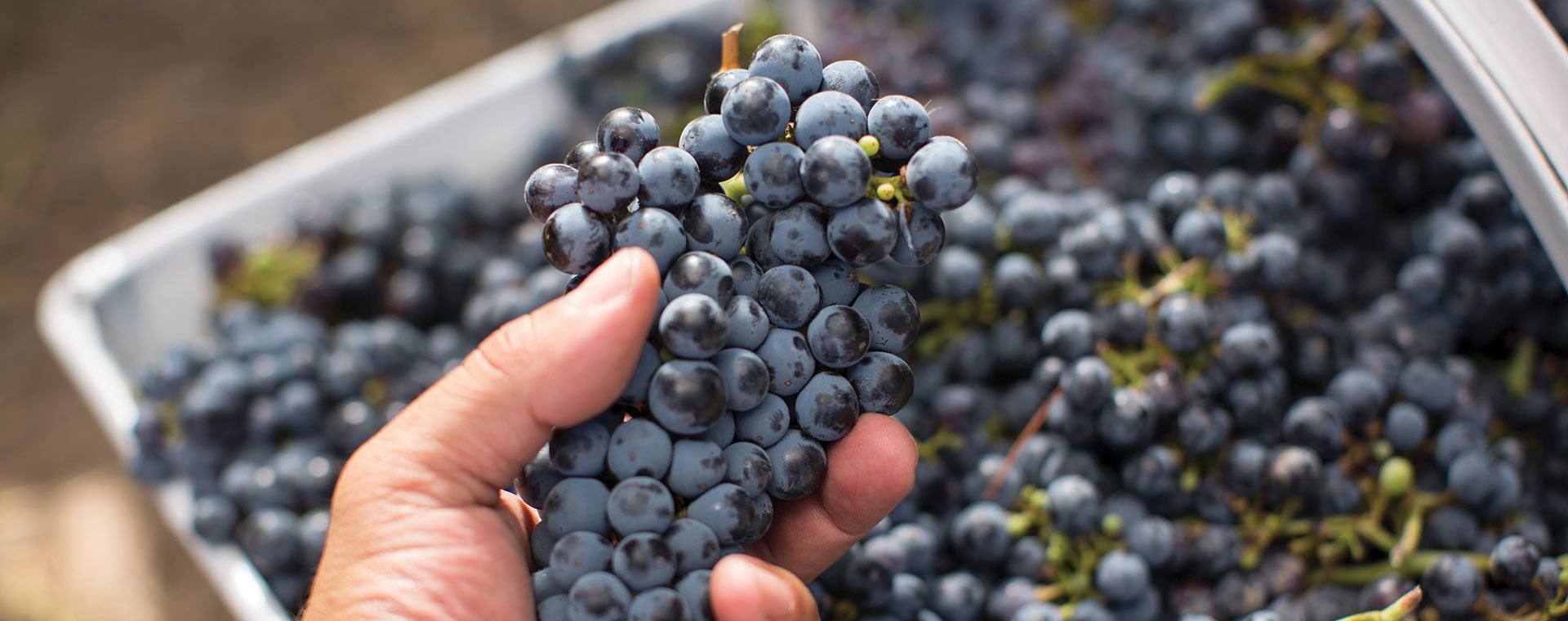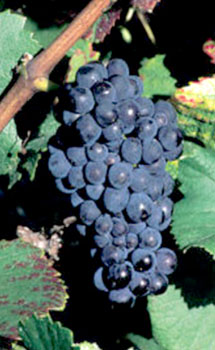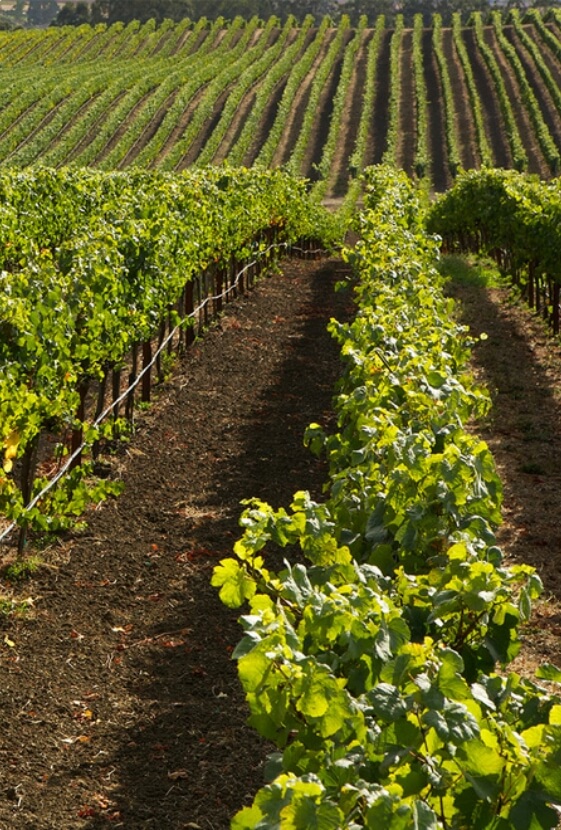
Grape Glossary
In the blend of Champagne, Pinot Meunier primarily contributes fruitiness to the cuvée. When Pinot Meunier is vinified as a still wine, it is light, bright and fruity, and is sometimes made as a rosé with crisp acidity and a slightly smoky character. This style is produced principally in Australia, with variations found in Germany, Austria, Switzerland and the Loire Valley. On its own it does not age well.
Pinot Meunier is resistant to frost and coulure (the failure of the flowers to develop into berries). It buds and flowers late and ripens early, an advantage in cold growing areas. Well suited to chalky clay or loam soils, it is susceptible to rot, due to the compactness of its bunches. The fruit is high in acidity, moderately high in alcohol, low in tannin and full of sweet fruit flavor.
Native to northern France, Pinot Meunier is one of the three varieties used to make Champagne, with Pinot Noir and Chardonnay, and occupies slightly less than half of Champagne’s vineyards. The name meunier comes from the downy underside of the vine’s leaves. Research has found that an original Pinot prototype and an obscure vine called Gouais Blanc are the parents of Pinot Meunier and 15 other French varieties, including Chardonnay and Pinot Noir.

